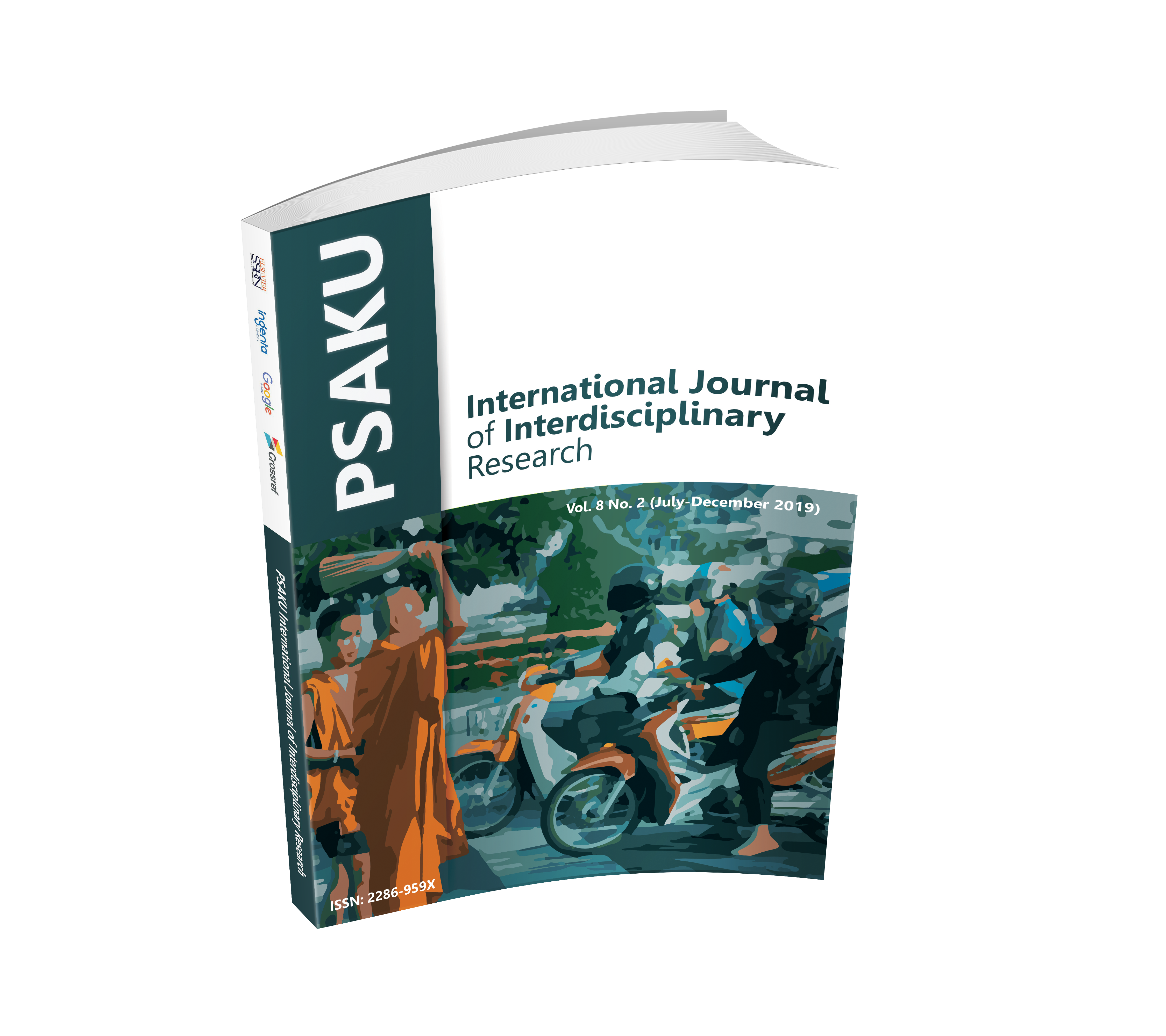Evaluation of Greenhouse Gas Emission from Municipal Solid Waste Management and Leachate: A Case Study of Takhob Municipality, Thailand
Keywords:
Greenhouse Gas, Carbon Dioxide Equivalent, Municipal Solid Waste, Landfill, Solid Waste ManagementAbstract
The purposes of this research are to analyze the physical components of municipal solid waste and to analyze the greenhouse gas emission from municipal solid waste management and leachate in order to provide guidelines to reduce the greenhouse gas emission. T h e findings revealed that the municipal solid waste in Takhob Sub-district possessed the top 3 physical characteristics of the solid waste which were plastic, food waste and glass being 28.41%, 25.55% and 13.18%, respectively. The amount of greenhouse gas emission from the solid waste disposal system was 567.14 kilograms of carbon dioxide equivalent per ton. The results of greenhouse gas resulting from the leachate model in the landfill pond revealed that the greenhouse gas was composed of carbon dioxide (CO2), methane (CH4) and nitrous oxide (N2O) with the average density per month of 78.40, 0.33 and 0.03 mg/l, respectively. In addition, the average intensity of greenhouse gas was 96.06 mg CO2eq /l. As for suggestions for solid waste disposal, the municipality should use technology to improve the disposal process by using incineration. However, the incinerator should be designed for characteristics of solid waste. According to the research, it was found that this method could reduce greenhouse gas by 208.95 kilograms of carbon dioxide equivalent per ton, and an integrated solid waste disposal method should also be used.
Downloads












.png)


